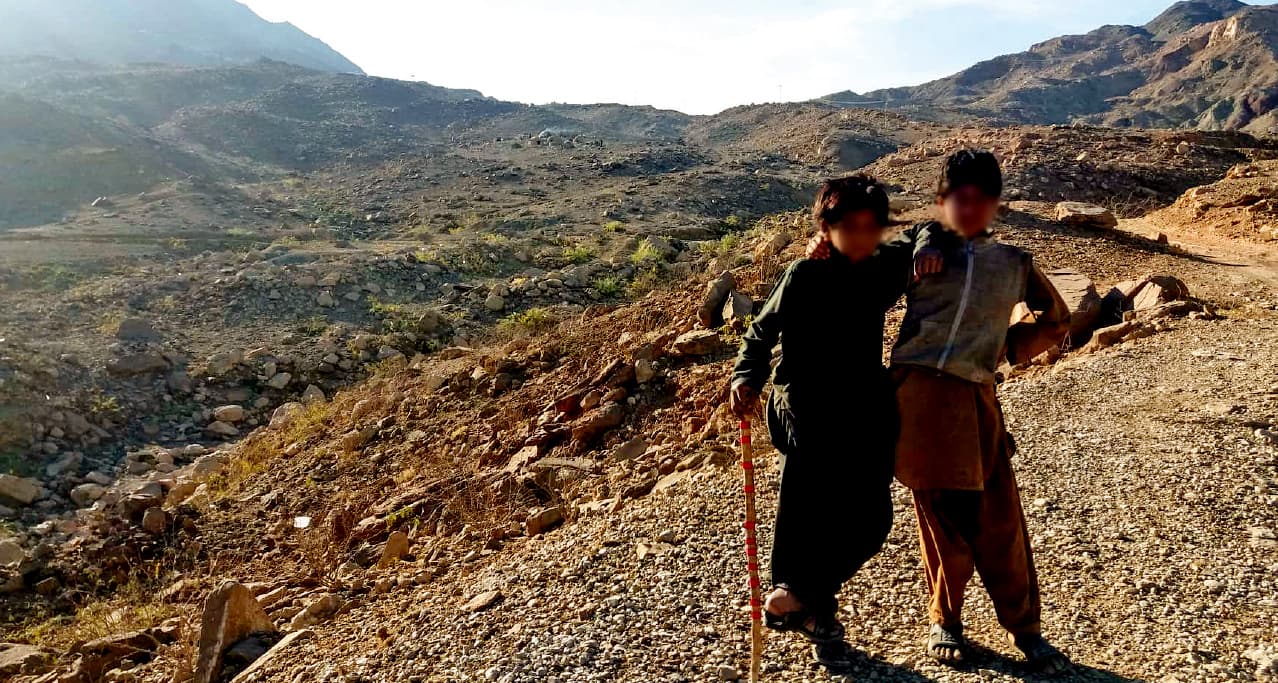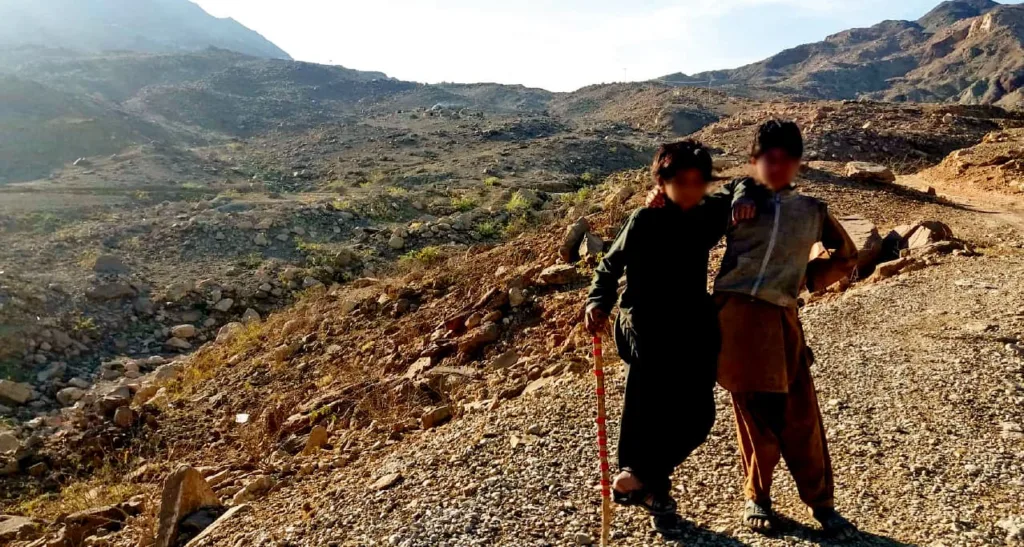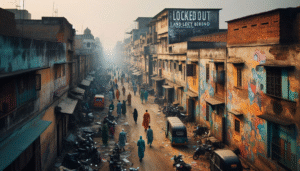
REPORT TO COVER SPECIFIC INCIDENTS OF CSA IN PAKISTAN

Child sexual abuse (CSA) is “the involvement of a child in sexual activity that he or she
does not fully comprehend, is unable to give informed consent to, or for which the child is not developmentally prepared and cannot give consent, or that violates the laws or social taboos of society”.
It is said that over half a million children are sexually assaulted in Pakistan every year. The perpetrators target both male and female children. Victims have been reported to belong to age groups of 0-5, 6-10,11-15, and 16-18. Two of the most heinous CSA incidents reported in the Pakistani media were namely the Kasur Scandal and the Shahrag town case. The cases involved male victims- mainly in the former and wholly in the latter.
In the Kasur case that emerged in 2015, 20-25 men were found to be involved in child pornography. The videos contained children being forced to perform sexual acts. Those videos numbered 400 among which at least 280 children were from Hussain Khan Walla village in Kasur, Punjab region of Pakistan.
Besides assaulting the children, the perpetrators blackmailed and extorted money from their families by threatening them to release the alleged videos. One such instance involved the payment of 1.2 million by the father of a victim to the abusers who feared the exposition of his son’s rape recording otherwise. The victims recounted having lost their will to live. The police arrested a few of the accused. The tragedy did not however end there as similar crimes continued in Kasur over the years.
Similarly, an investigative report published in Dawn in 2019 reflected the tragedy of the Shahrag town of Balochistan. The author documented the CSA suffered by child laborers in and out of the coal mines situated in Shahrag’s Al-Gilani mountains. Adult men carried around with them child sexual partners who belonged to poor families from Khyber-Pakhtunkhwa, Balochistan, and Afghanistan as well.

The children were at times compensated for their sexual services. In contrast to the Kasur case, victims of Shahrag could not rid themselves of this menace solely because they depended on the money it earned them. There is no data available with regard to government action after the publication of this report.
The Kasur case and Shahrag abuse are connected by a harrowing similarity: the indifference shared by the communities regarding the crime.
People in both areas viewed such assault to be a part of growing up and brushed it under the carpet more often than not. This lack of sympathy towards the victim and vengeance for the perpetrator draws one’s attention toward the loopholes in the advocacy of human rights in Pakistan. Moreover, victims have belonged to economically humble backgrounds rendering them vulnerable to such exploitation.
The gruesome events have, unfortunately, included female children also at innumerable points in time. One such case that led to the tightening of Laws on the issue was the Zainab case. The case again, horrifyingly enough, surfaced from Kasur. Zainab Ansari was abducted, extensively raped, and killed afterward at the age of seven in 2018. The uproar of civil society at the ghastly act led to the introduction of the Zainab Alert Act two years later in 2020.
According to the act, the maximum sentence handed down to perpetrators of CSA will be life imprisonment with a fine of Rs 1 million while the minimum sentence will be 10 years.
It does not imply, however, that law for the protection of children in Pakistan did not exist before that. The constitution of Pakistan under Article 11(3) prohibits slavery and forced labor of children under the age of 14.
The Pakistan Penal Code, through an amendment in April 2017, included stipulations against crimes aimed at children. Section 292-A criminalizes any exposure of children to seduction. Similarly, Section 328-A describes the offense of cruelty to a child and its punishment. Sections 377-A and 377-B are explicitly about the offense of child sexual abuse and its punishment.
The CSA occurrences are not limited to the above-mentioned episodes. Their persistence may be traced to a lot of reasons among which the fear of humiliation stands out the most to the writer. As the victims are silenced out of fear of alienation from the community due to a perceived lack of honor resulting from the assault, the perpetrator is set at liberty to carry on his abominable transgression unabated.
It is, therefore, the prerequisite for achieving the dream of a Pakistan safe for its children that they are given safe spaces where their grievances are not only heard but also effectuated.







